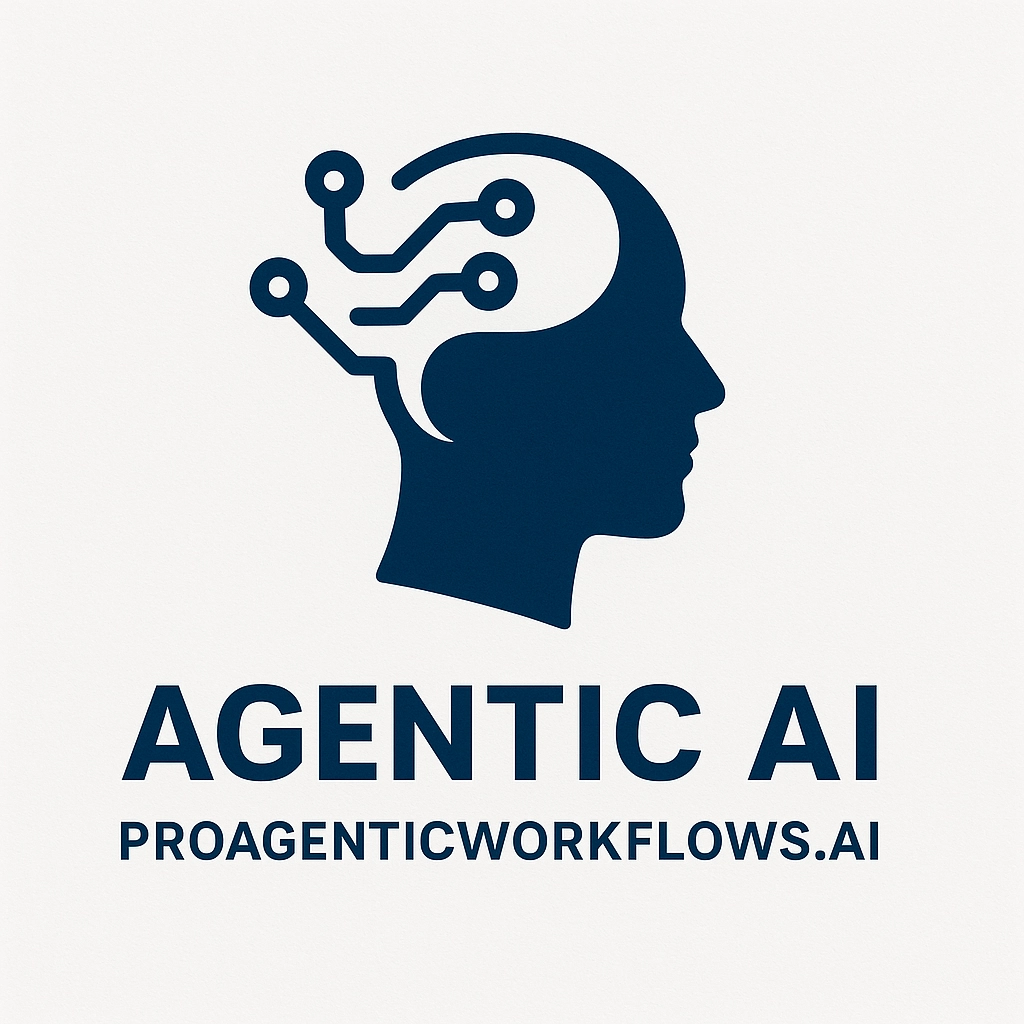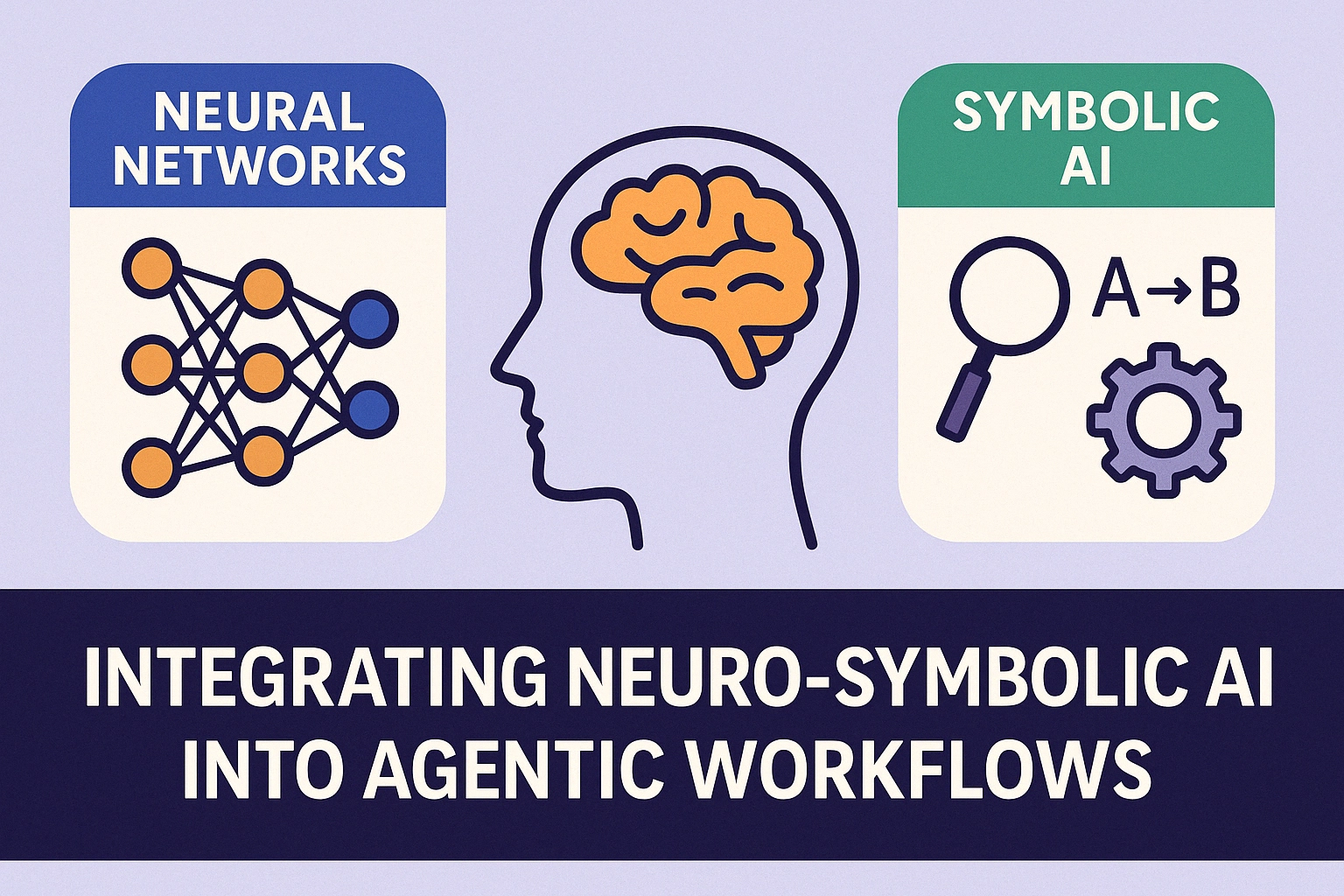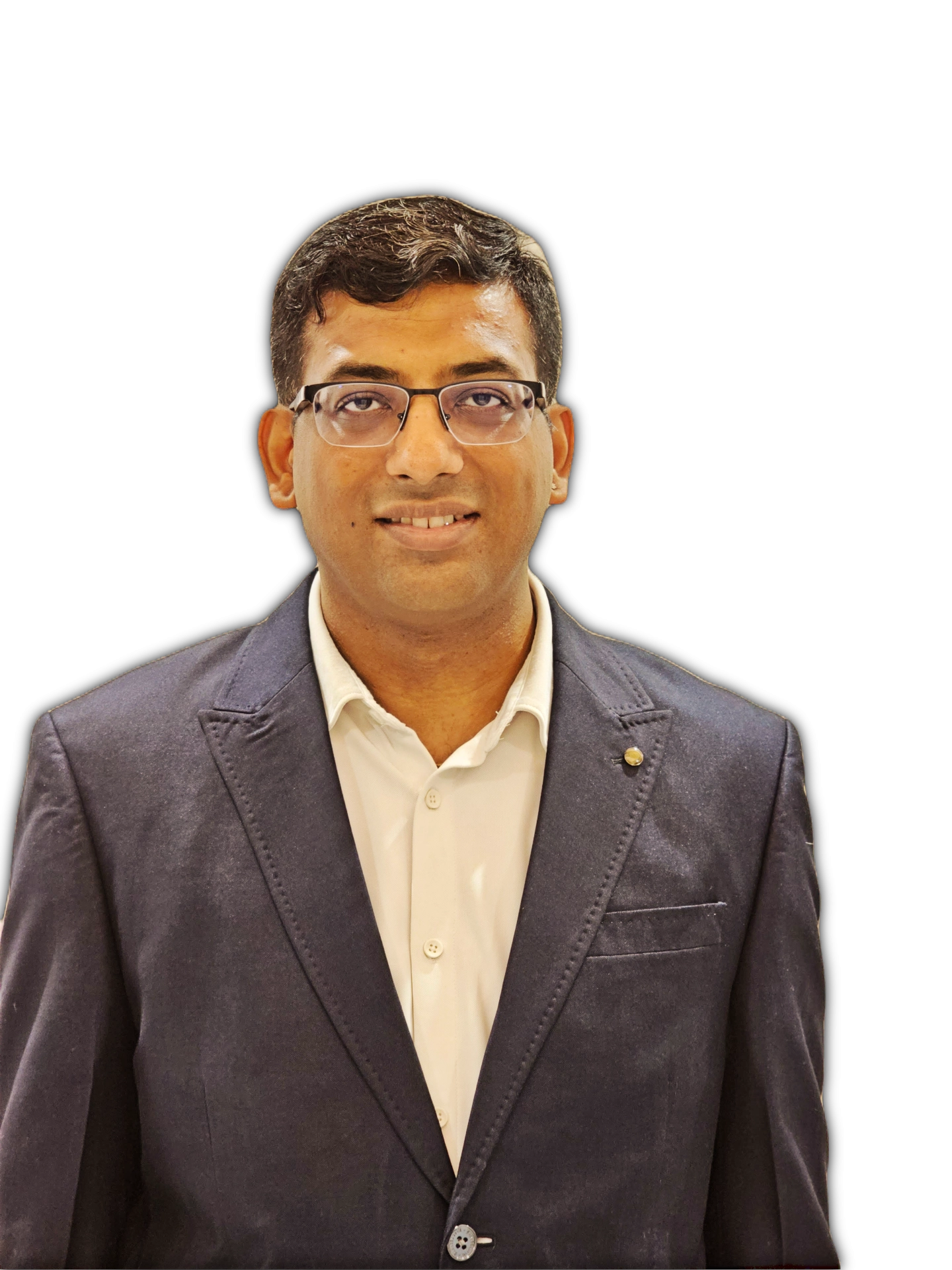🚀 Introduction
As the field of Artificial Intelligence matures, a new hybrid paradigm is emerging that promises to dramatically expand the capabilities of intelligent agents—Neuro-Symbolic AI.
This approach fuses the power of neural networks for perception and learning with the symbolic reasoning engines traditionally used for logic and decision-making. The result? AI agents that are not only intuitive but also interpretable and context-aware.
🔍 What is Neuro-Symbolic AI?
At its core, Neuro-Symbolic AI bridges two historically separate worlds:
Neural Networks
Inspired by the brain, excel at tasks like image recognition, natural language understanding, and pattern detection.
Great at generalizing from examples but often seen as a “black box.”
Symbolic AI
Based on logic, rules, and knowledge graphs.
Offers transparency and robust reasoning but struggles with raw data and adaptability.
Together, they provide a best-of-both-worlds solution: perceptive learning + logical reasoning.
🤖 Why Agentic Workflows Need It
In agentic workflows, AI agents don’t just answer questions—they plan, decide, and act across time and context. Neuro-symbolic integration enhances these agents by enabling:
1. Richer Understanding
Neural layers decode signals (text, voice, sensor data), while symbolic reasoning layers ground this information in structured knowledge.
Example: A travel agent AI understands “I want a relaxed vacation after a stressful quarter” and maps that to wellness resorts using both NLP and predefined domain knowledge.
2. Commonsense Reasoning
Symbolic rules allow agents to validate plans or detect contradictions.
Example: A planner agent can detect that booking a flight at 3 AM after a late-night concert is illogical.
3. Improved Explainability
Symbolic rules provide traceable reasoning steps—critical for trust in decision-heavy applications like healthcare or finance.
🌍 Use Cases in the Real World
✈️ Travel Planning
Agents use neuro-symbolic reasoning to match user intent (“adventurous yet safe solo trip”) to curated itineraries, balancing emotional tone (neural) with constraints like visa rules (symbolic).
🧾 Financial Risk Advisors
Symbolic rules enforce regulatory compliance, while neural layers analyze unstructured documents like emails or invoices for fraud detection.
🏭 Smart Manufacturing
Agents combine sensory data with procedural knowledge graphs to self-optimize production lines or detect anomalies in real-time.
🔧 Architecting a Neuro-Symbolic Agent
Here’s a high-level sketch of how to structure a neuro-symbolic agent in your workflow:
1[Input Layer: User Query / Sensory Data]2 |3[Neural Component: Language/Image Understanding]4 |5[Symbolic Component: Ontology + Rules + Constraint Solver]6 |7[Action Layer: Planner/Tool/Executor]8This modularity allows for flexibility, plug-and-play design, and domain adaptation.
⚠️ Challenges to Solve
Interfacing Layers: Designing seamless hand-offs between perception and reasoning layers is complex.
Debugging & Evaluation: Hybrid systems require new evaluation metrics (interpretability + accuracy + generalization).
Performance: Symbolic logic may become a bottleneck if not optimized well in large-scale systems.
🔮 The Road Ahead
Neuro-symbolic AI isn’t just an academic curiosity. It's the future architecture for reliable, adaptive, and generalizable agents—the kind you’ll find at the core of truly intelligent travel bots, autonomous business agents, and decision support systems.
As open-source frameworks like DeepMind’s Lambda, IBM’s Neuro-Symbolic Concept Learner, and OpenCog Hyperon evolve, adoption will get easier.
💬 Final Thoughts
For developers, researchers, and product builders working on agentic workflows, neuro-symbolic AI offers the toolkit to move beyond brute-force LLM prompts. It’s a pathway to intelligent systems that truly understand, reason, and adapt—not just predict.
Stay tuned as we share implementation guides, agent stack blueprints, and more on proagenticworkflows.ai.
Neuro‑symbolic ≠ after‑the‑fact checks – embed the rule engine inside the agent graph loop.
Treat planning, constraint solving, personalization, and explanation as orthogonal micro‑services so each can scale and iterate independently.






Comments